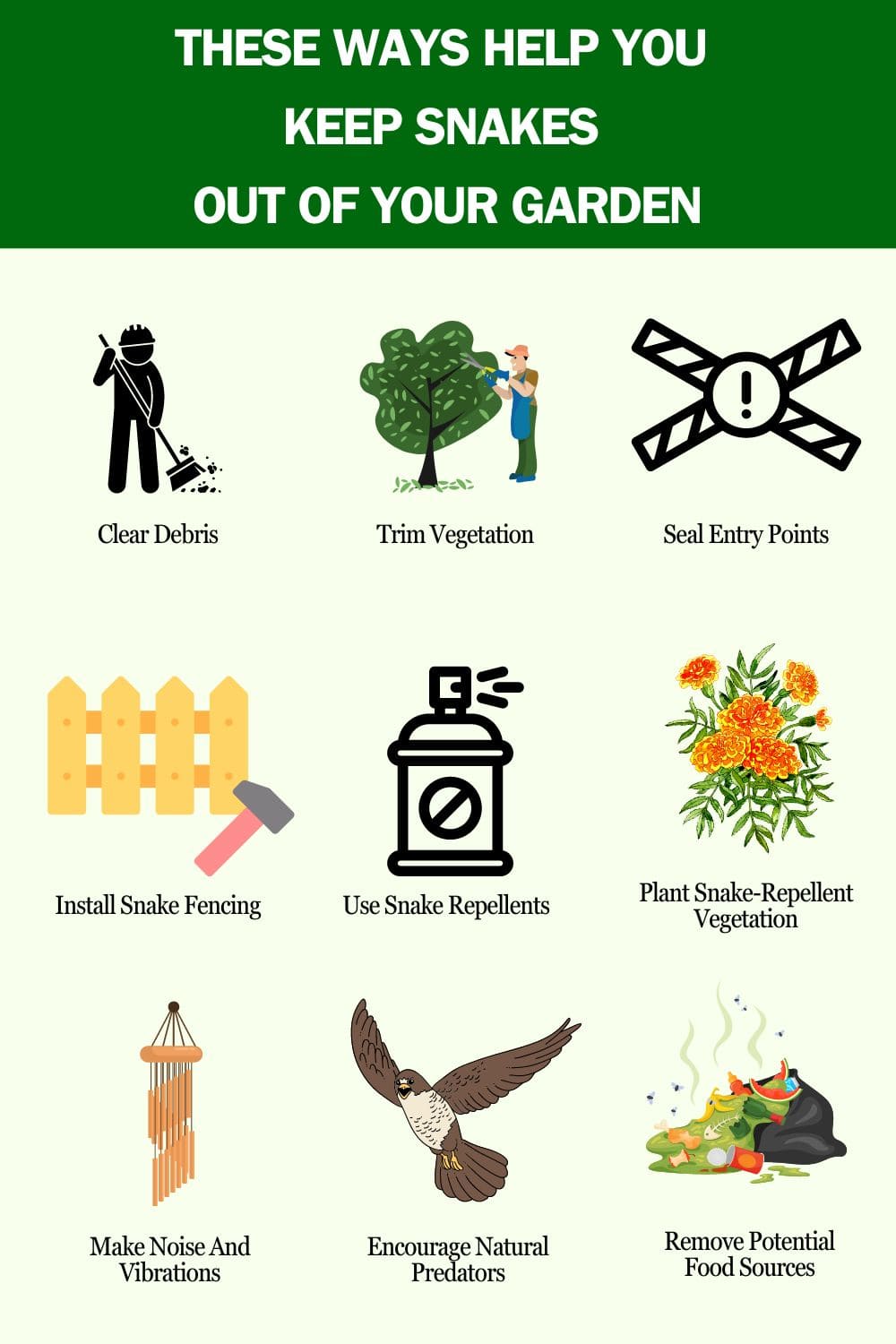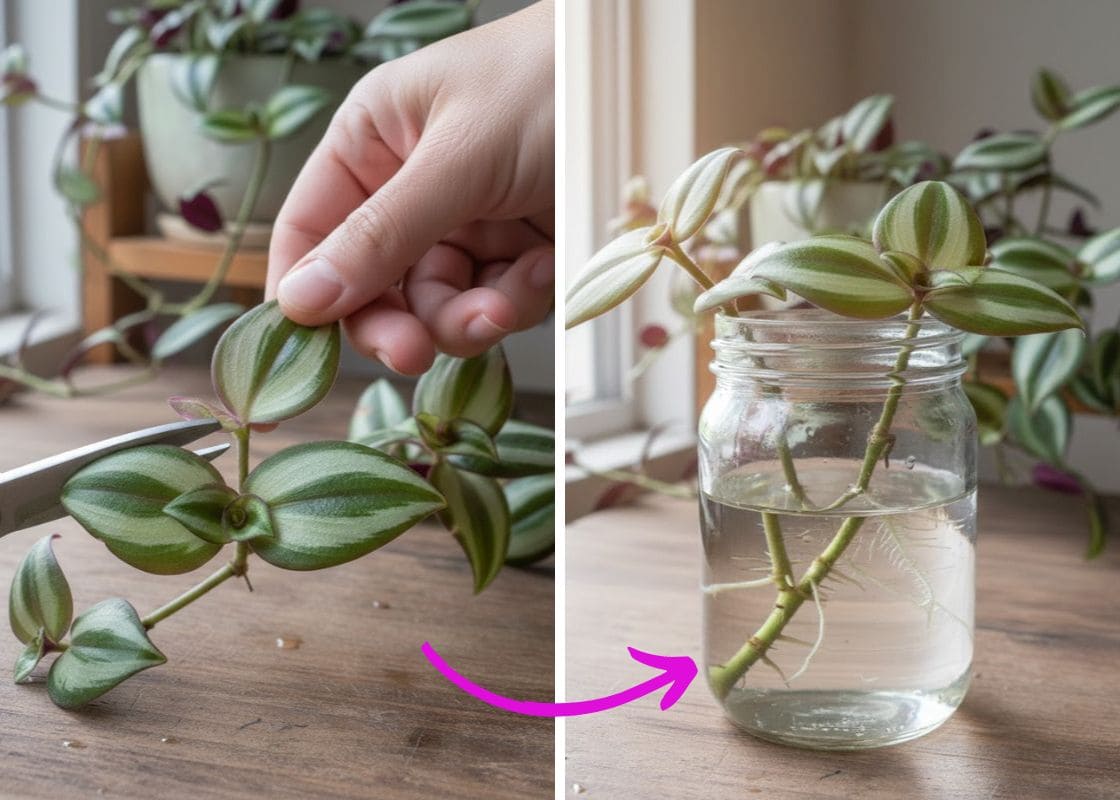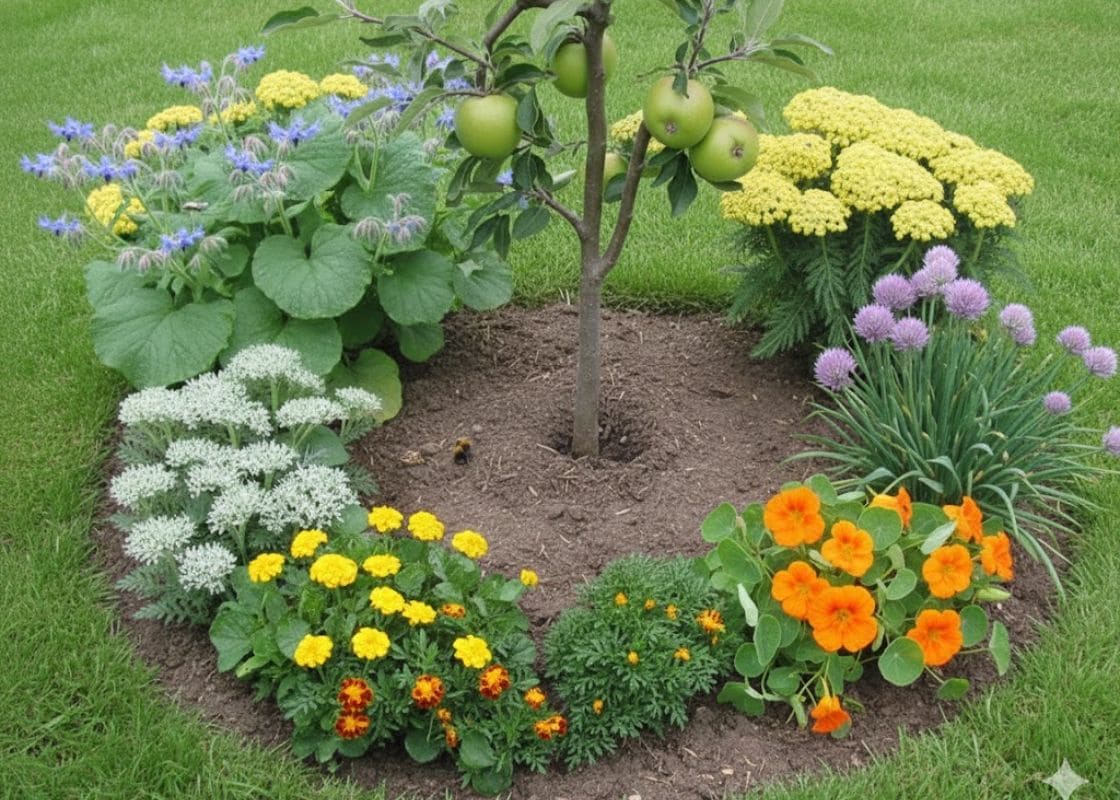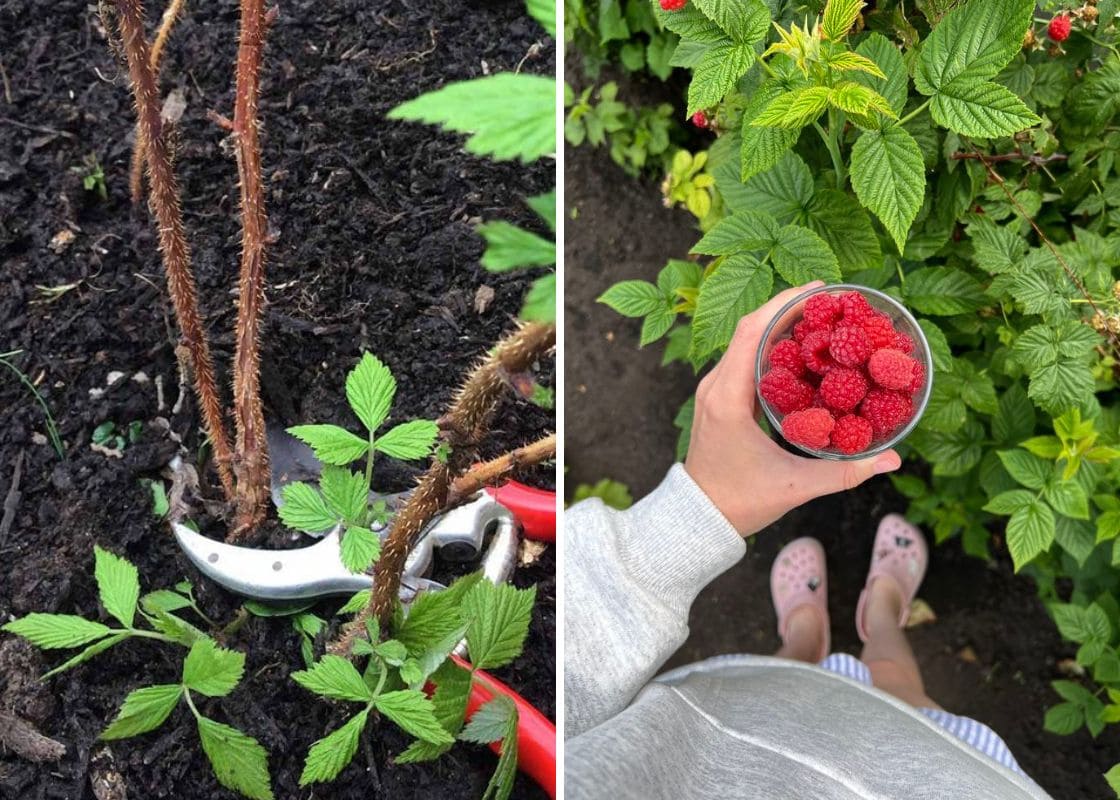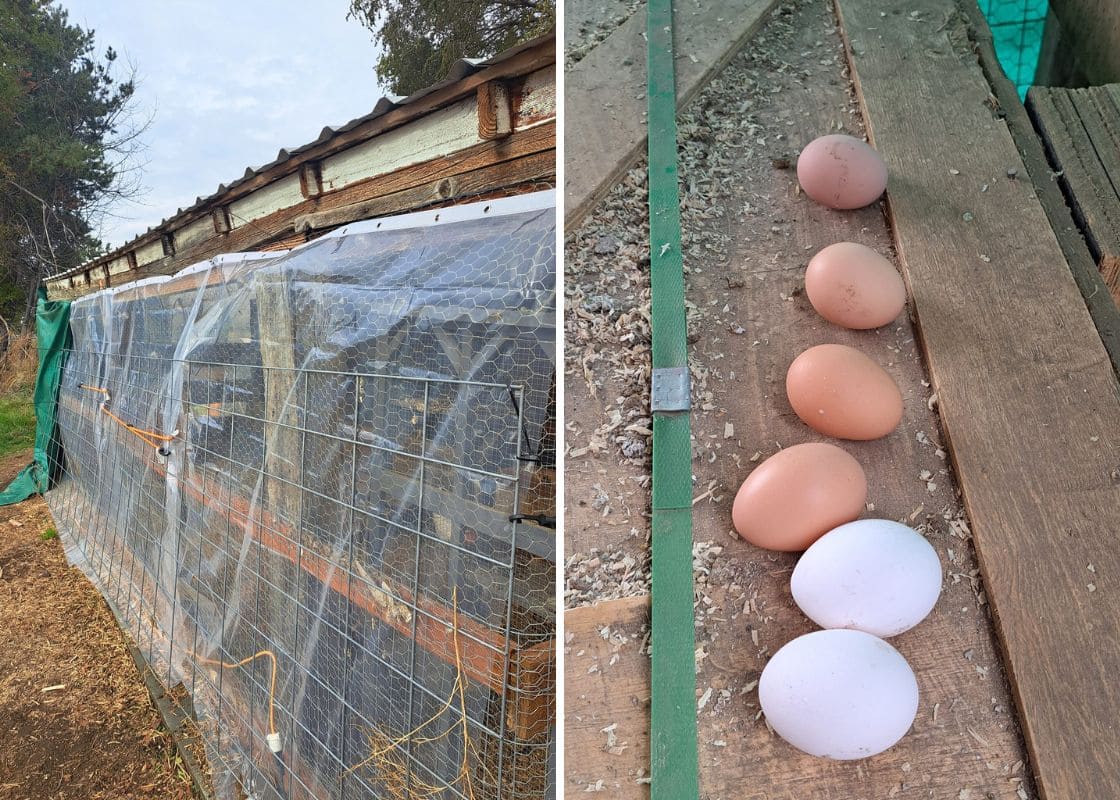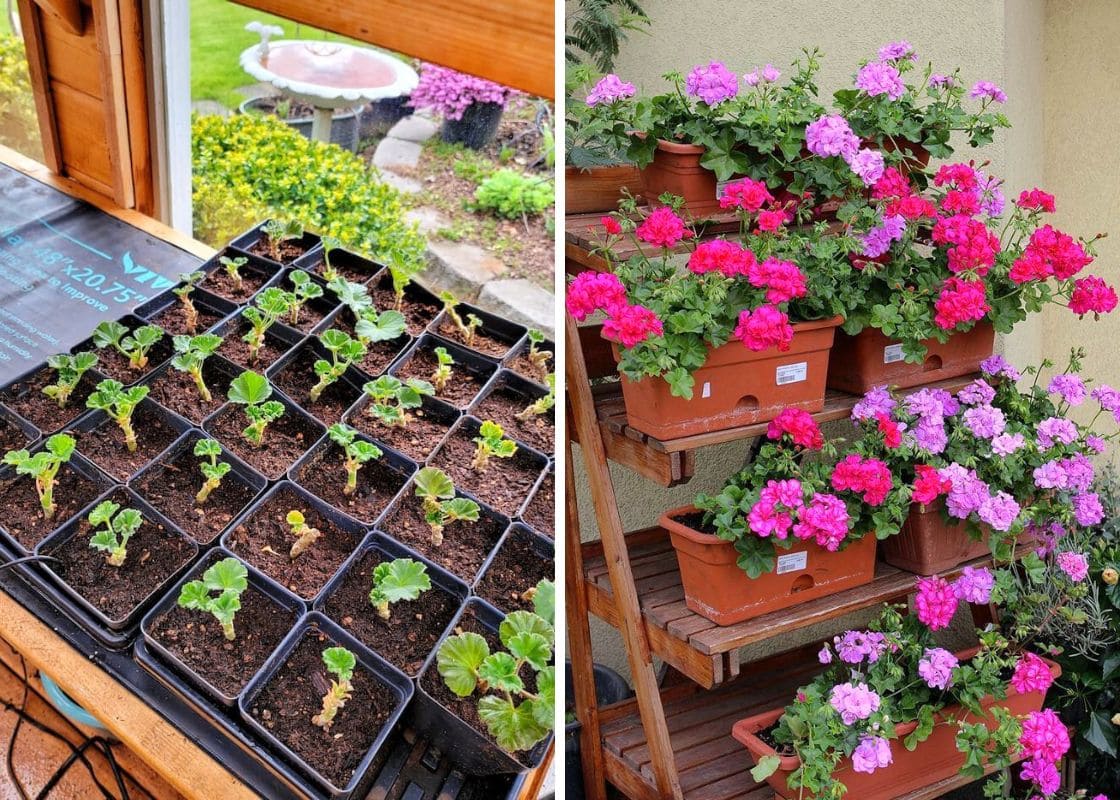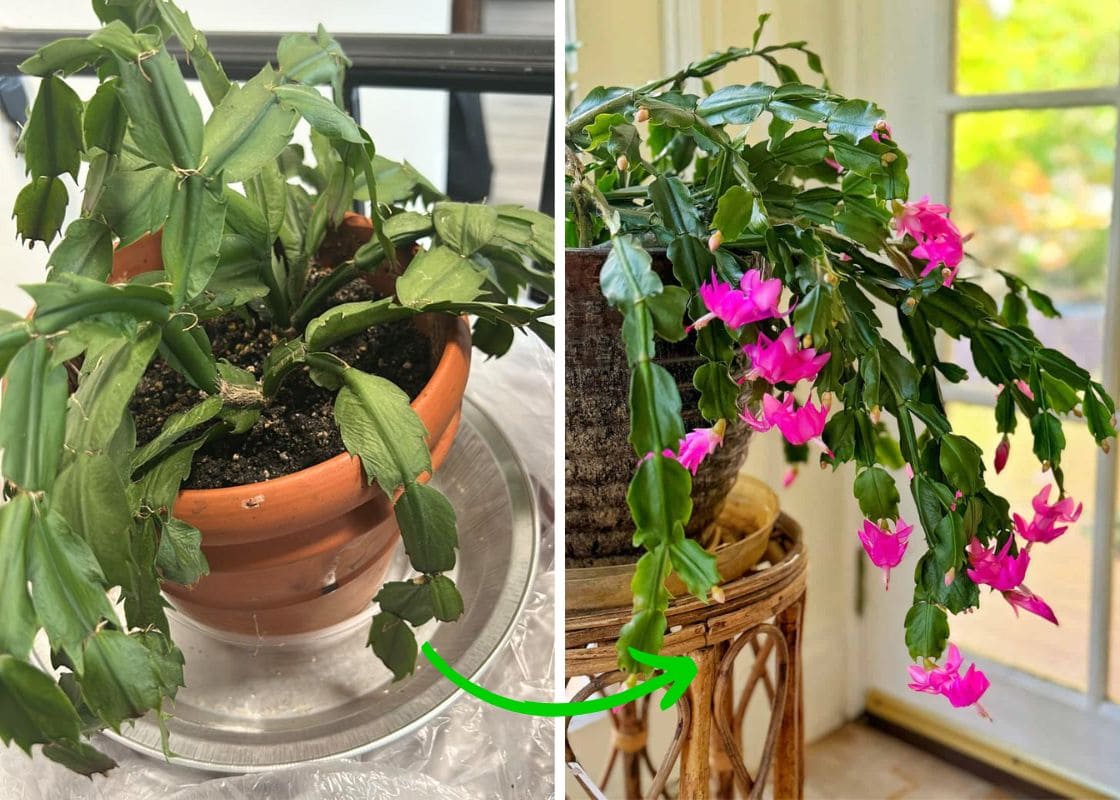Snakes play a crucial role in the ecosystem; however, their presence in your garden can be unsettling and potentially dangerous.
They often seek out gardens for shelter or food, which can lead to unexpected encounters.
To keep your garden safe and snake-free, it’s essential to implement effective preventive measures.
#1. Clear Debris
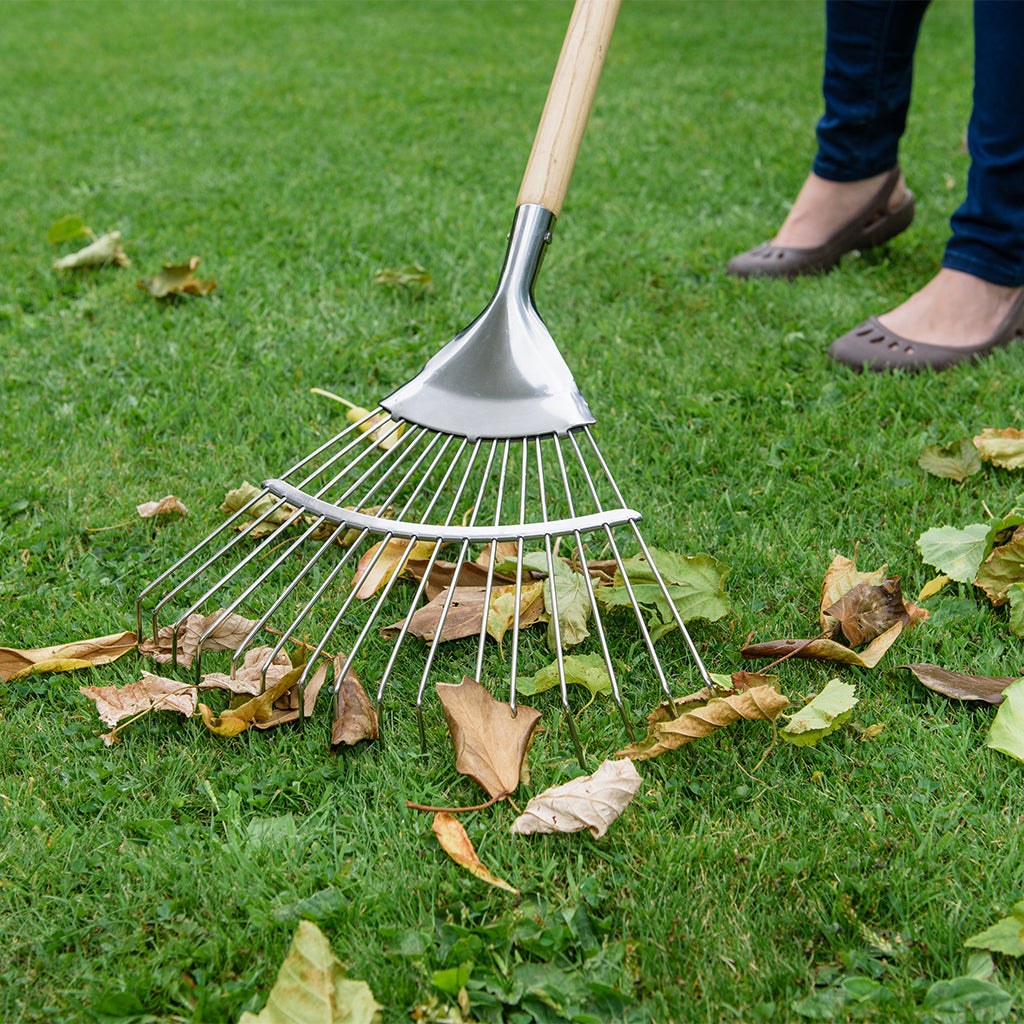
You know, snakes love to hide in all sorts of nooks and crannies. So, get rid of those rock piles and wood stacks.
And don’t forget about those squirrel and rodent burrows. If you see any holes in the ground, fill them up. Snakes love to take over these ready-made homes.
#2. Trim Vegetation

Tall grass is like a five-star hotel for snakes. They can hide, hunt, and sunbathe without a care in the world.
By keeping your grass short, you’re making it way less appealing for them to stick around.
Next, overgrown plants are perfect hiding spots for snakes. Trim them back so there’s less cover for these sneaky critters.
#3. Seal Entry Points
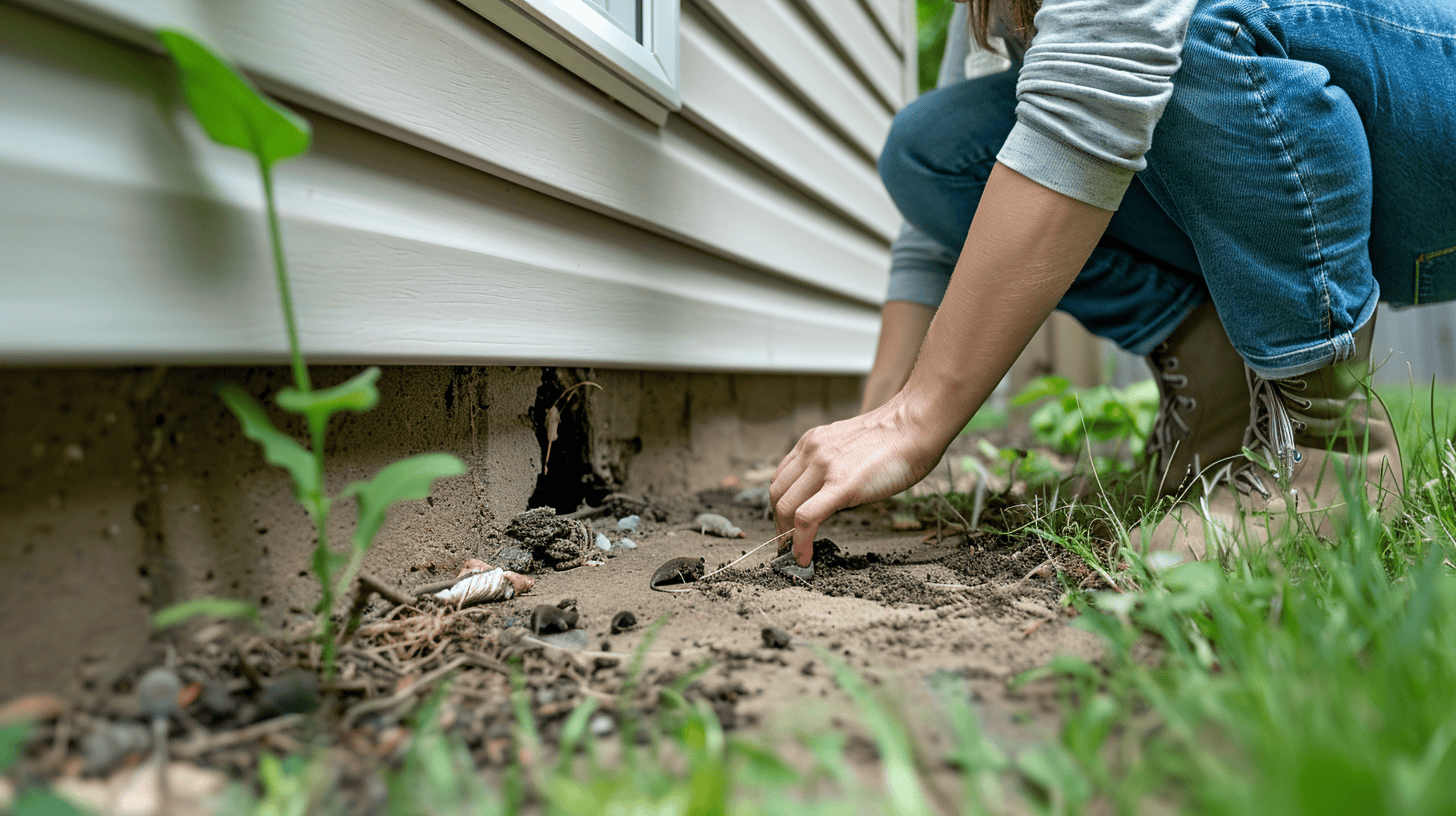
You’d be surprised at how tiny a hole a snake can squeeze through — some can fit through gaps as small as a quarter of an inch!
First, take a good look at your home’s foundation. Check for any cracks, holes, or gaps around pipes, wires, and vents.
If you find any, seal them up right away. You can use materials like mesh, netting, or even expanding foam to close off these potential snake highways.
Moreover, snakes are pretty good climbers, so you also need to inspect higher up. Look around your roof, eaves, and even chimneys for any openings.
#4. Install Snake Fencing
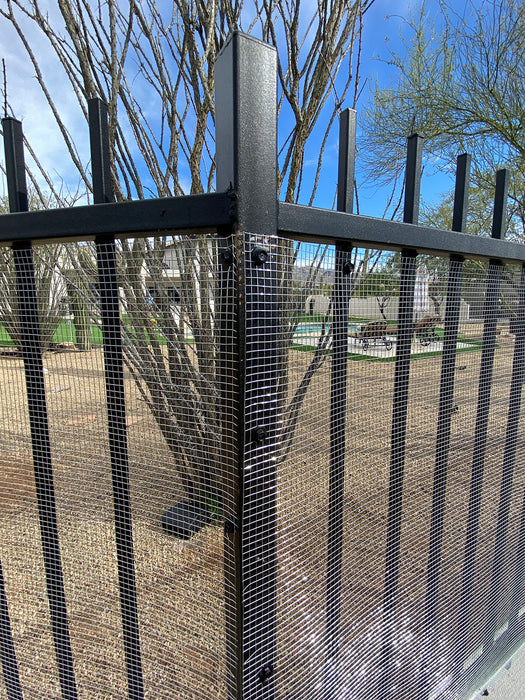
Snake fencing s usually made of fine mesh that snakes can’t squeeze through.
The key is to make sure the fence is buried a few inches underground and stands at least 3 feet high. This way, snakes can’t dig under or climb over it.
Now, you might be thinking, “Is this really necessary?”
Well, if you live near areas where snakes are common, like rocky hillsides or swamps, a snake fence can provide peace of mind.
#5. Use Snake Repellents
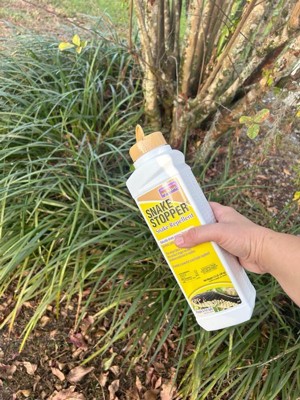
Mothballs contain naphthalene, which is also found in many commercial snake repellents.
The smell is supposed to be super irritating to snakes. Just be careful if you have kids or pets around, because mothballs are toxic if ingested.
Another option is ammonia. Some folks swear that snakes can’t stand the smell.
You can soak some rags in ammonia, put them in plastic bags, and place them around your yard.
If you’re into more natural remedies, you might want to try onions and garlic. These veggies contain sulfonic acid, which can repel snakes.
#6. Plant Snake-Repellent Vegetation
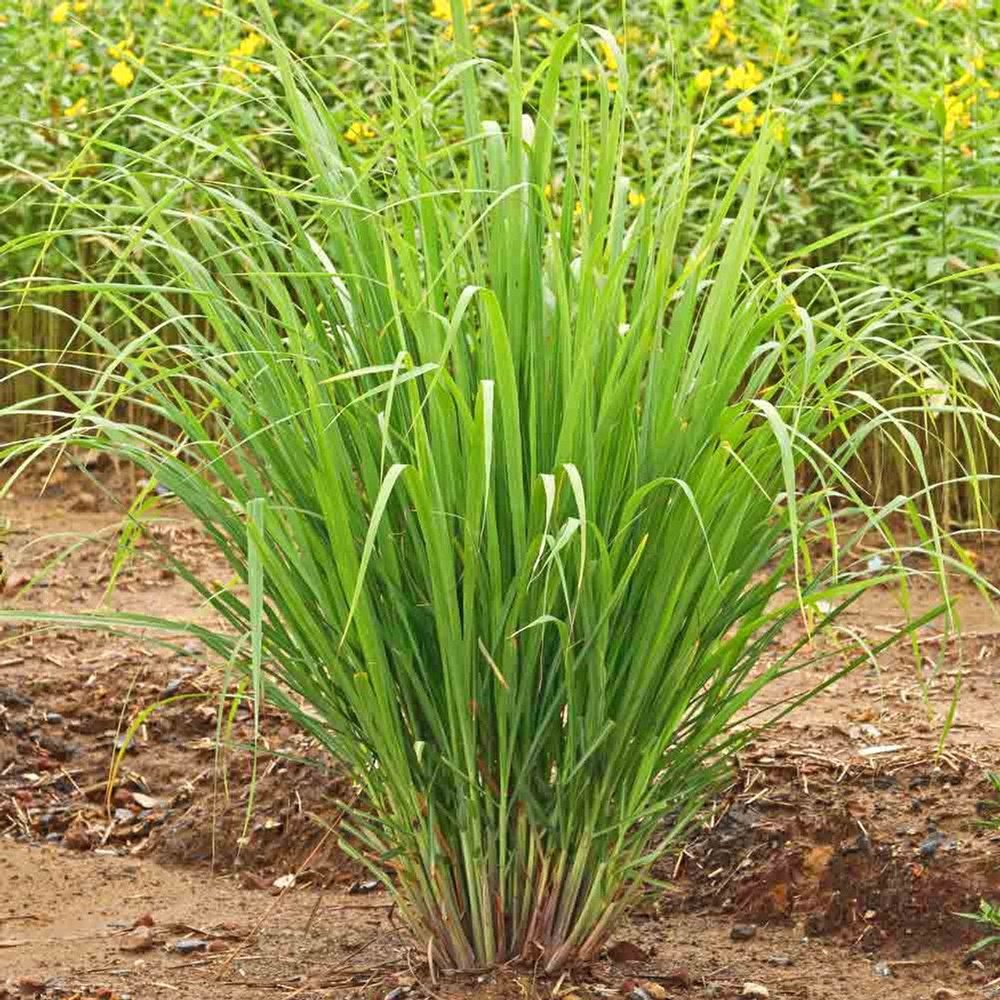
Marigolds aren’t just pretty to look at; they also have a strong scent that snakes find off-putting.
Plus, marigolds are super easy to grow, making them a win-win for your garden.
Another great option is lemongrass. This plant has a citrusy smell that snakes can’t stand.
It’s also a fantastic addition to your garden because it can grow quite tall, creating a physical barrier as well.
#7. Make Noise And Vibrations
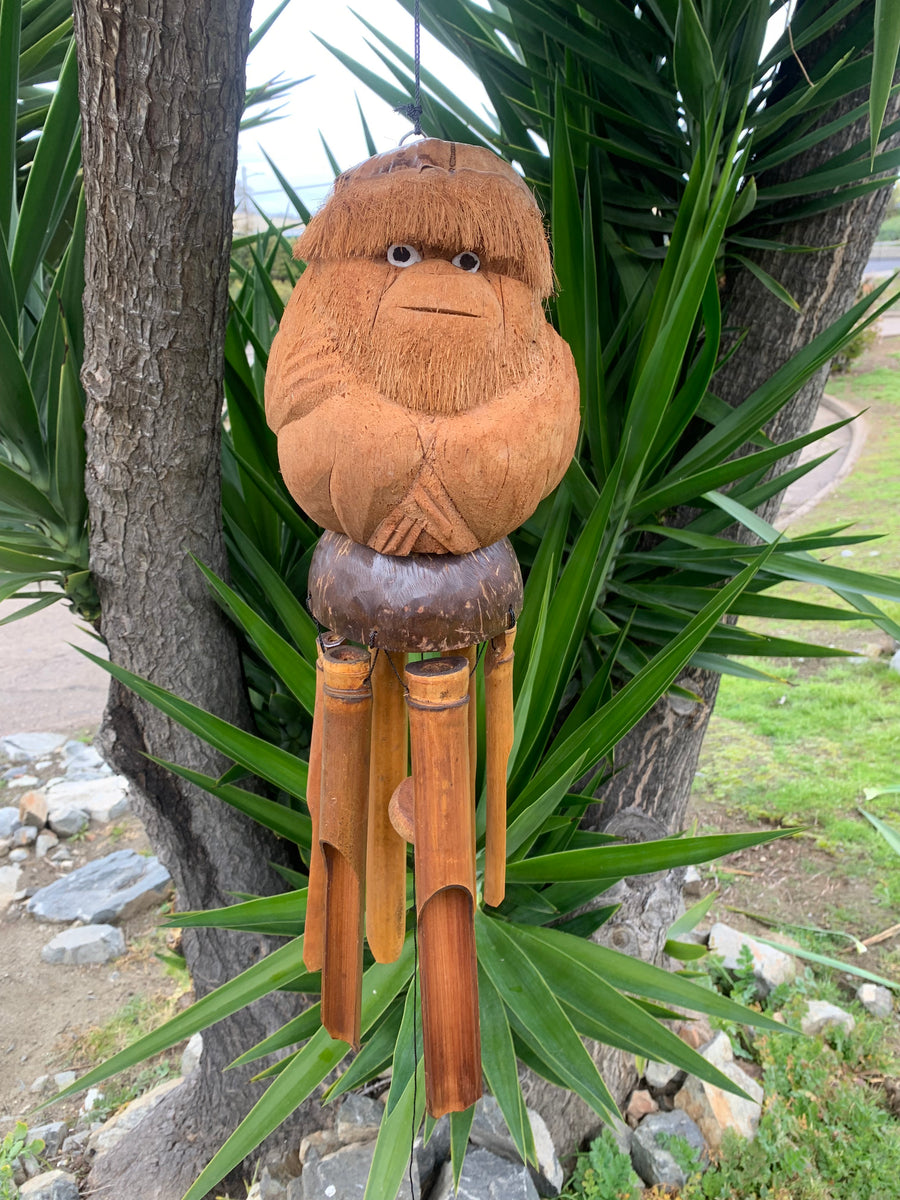
Snakes are super sensitive to vibrations. They don’t have ears like we do, but they can feel the tiniest tremors in the ground.
One easy way to do this is by simply walking around your garden regularly. The vibrations from your footsteps can be enough to send snakes packing.
If you’re up for a bit more effort, you could even set up some wind chimes or a small water feature.
#8. Encourage Natural Predators
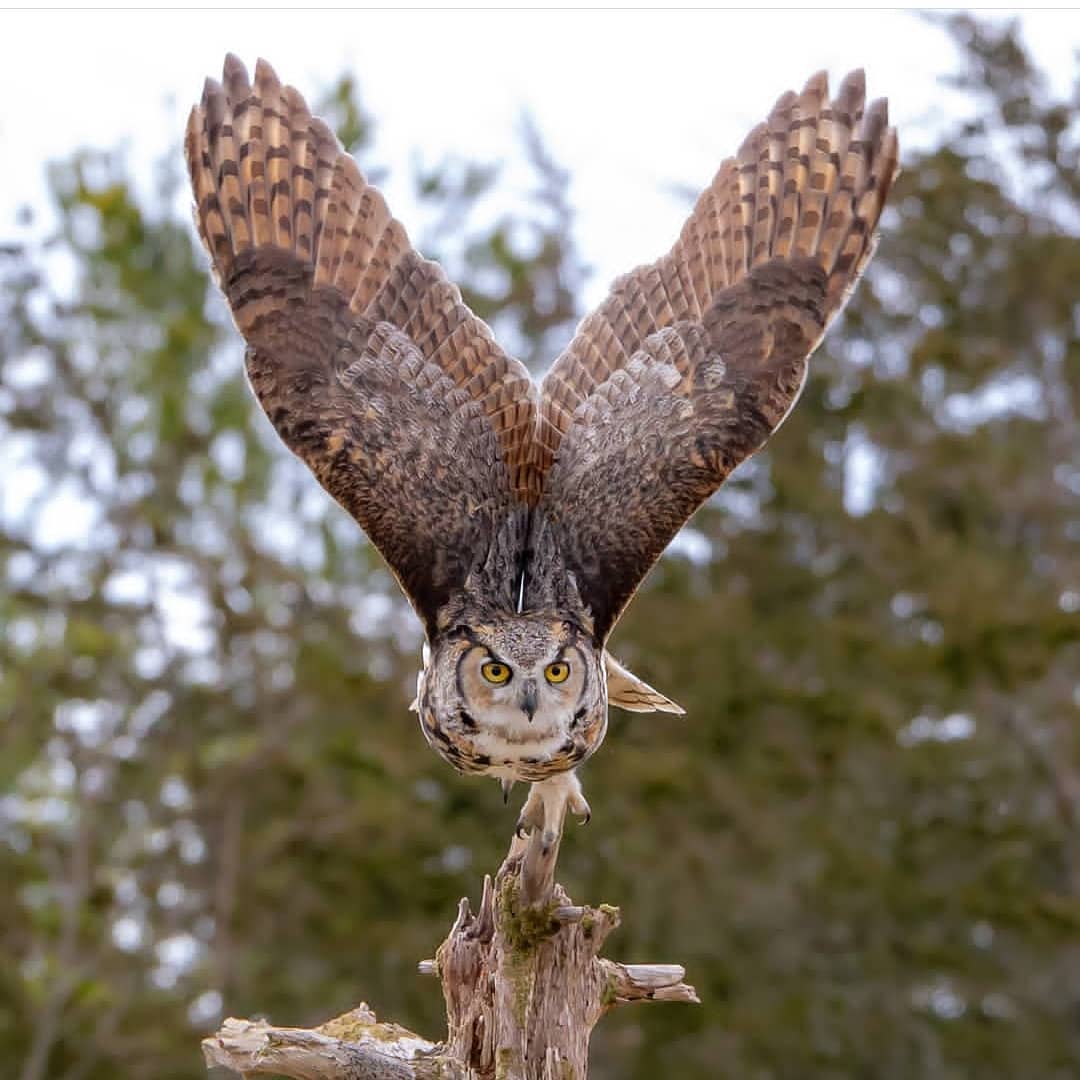
You might be thinking, “Wait, what predators?” Well, let me tell you, there are quite a few animals that love to snack on snakes.
Birds of prey, like hawks and owls, are at the top of the list. These majestic birds can help keep the snake population in check.
But it’s not just birds that can help. Mammals like foxes and raccoons are also known to hunt snakes.
